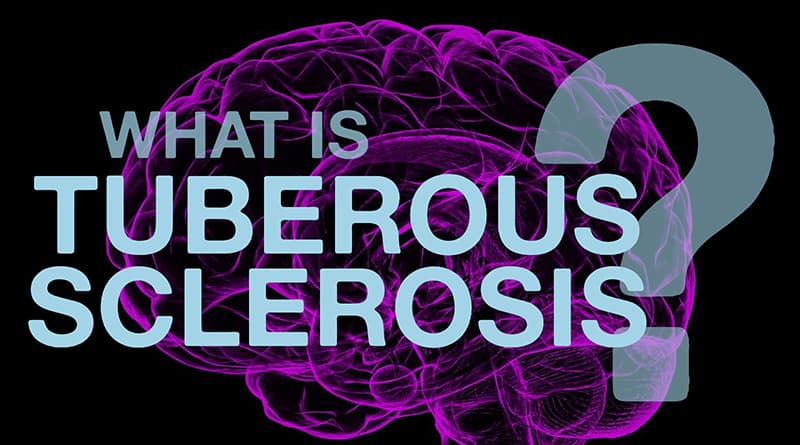
Object Permanence & Chronic Pain Conditions: Introspection on the Autism Spectrum
By Marcelle Ciampi, M.Ed. (aka Samantha Craft)
Reflecting On Challenges With Object Permanence
Like many on the autism spectrum, I am a natural pattern seeker, and quickly formulate unique hypothesis and conclusions from collected data. I discuss this process in the Different Brains Article: Bottoms-Up: The Innovative Thinking Style of the Asperger’s Mind. My mind enables me to find answers—answers that assist me in navigating everyday life, interpersonal relationships, and the world as I know it.
One such finding, as expressed in my first book Everyday Aspergers, involves the concept of Object Permanence (the understanding that objects continue to exist even when they cannot be seen, heard, touched, smelled or sensed).
I realized that my challenges with object permanence transferred beyond simple objects and into the dynamics of my relationships with individuals.
In regard to object permanence, I need things in plain sight. In example, having my next-day clothes laid out by the shower stall alleviates anxiety. The act of having my clothes tucked in an armoire or closet, increases my anxiety, as I cannot see the items. The same goes for mail—once the envelope or box is opened, and the contents are revealed and displayed, my nervousness decreases.
At times I cannot trust what I cannot see. I can conceptualize and even visualize contents that are hidden, but there remains a pronounced level of doubt, a questioning, which no amount of intellectual reasoning will erase or eradicate.
As mentioned, I feel much better if I can see what is before me. I suspect this is a result of my executive functioning workings and my frontal lobe makings. (Or perhaps my perception is a result of a quantum universe, the Matrix, or what-have-you, in which reality is truly an illusion, and nothing is as it seems!)
Relationships and The “Object Permanence Visit”
My difficulty with object permanence moves beyond objects; my challenge directly affects my relationships. In fact, my personal and professional partner, J David Hall, the CEO of the not-for-profit Neuroguides, visits me at least a couple times a day from his remote-home office; wherein, David knocks on my door, pokes his head in, and announces something akin to: “I am here for an object permanence visit, so you know I exist and that I still love you.”
Somehow, my mind tricks me. I think if I cannot see David, then, alas, his love for me is feasibly no longer true, and worse, he might vanish! What held steadfast and true, mere hours ago, such as my partner’s previous 100s of moments of declaration of admiration, no longer seems real. A giant eraser wipes reality clean! This is a very acute and anxiety-provoking phenomenon—one that is not to be taken lightly and not a result of past personal trauma, nor indicative of my levels of self-esteem or self-worth.
In The Workplace
Beyond personal relationships, my object permanence issues carry over to the remote workplace. I am an accomplished manager and neurodiversity specialist at an engineering firm with an autism-hiring initiative (Ultranauts Inc.) I’ve been with the organization for almost six years; regardless, if my supervisor praises me one day, by the next day, I am uncertain if that truth—the positive comments—still hold true.
Reflecting On Chronic Pain
A second finding, resulting from the act of my deep introspection, research, and reasoning was the discovery that I didn’t have eight separate chronic pain conditions (as diagnosed by an array of medical professionals over the decades) but, in all likelihood, only have one underlying genetic condition: Ehlers-Danlos Syndrome (EDS). Indeed, it is possible that even the makings of my unique neurological wiring of autism partially connected to EDS.
One study, Behavioral Science: A Cohort Study Comparing Women with Autism Spectrum Disorder with and without Generalized Joint Hypermobility, reports out the comorbidity between autism and the connective tissue disorder, Ehlers-Danlos Syndrome. There is increasing evidence suggesting that Joint Hypermobility/Ehlers-Danlos syndrome (EDS), and autism co-occur more often than expected by chance (source: Frontiers in Psychiatry, 2018). Emily Casanovaa research assistant professor at the University of South Carolina, in her 2018 Spectrum article, What Ehlers-Danlos syndrome can teach us about autism, states “20 percent of mothers in the Ehlers-Danlos group have autistic children.”
Beyond the correlation between EDS and autism spectrum conditions, Postural Orthostatic Tachycardia Syndrome (POTS) is associated with Ehlers-Danlos Syndrome Type III, joint hypermobility syndrome (source). Not only that, but most, if not all, of my chronic pain conditions can be linked back to my connective tissue!
This includes: asthma, Generalized Anxiety Disorder (GAD), endometriosis, fibromyalgia, IBS, and nerve-pain conditions.
Continued Self-Discovery
While finding patterns and connections that lead to profound ah-ha moments benefit me to some degree, particularly in choosing paths to improve support measures in and outside the home, the fact remains that my life is far from typical!
I do find significant comfort from the memorable words of my beloved Aunt Cesca. Aunt Cesca was also a chronic pain sufferer, who passed away several years ago. (Our apartment garage, where David works, is named after my aunt: The Cesca Room.)
Interestingly enough, about a year before she passed away, we had a last meal together, in which she said, “Now that you have explained it. I think I might have Asperger’s, too.” She went on to tell of her love of elderly people, animals, justice, and fairness. Citing her frustration with people who weren’t forthright, transparent, kind, and honest.
About twenty years ago, long before that last meal, my aunt teased me about my health challenges:
“Don’t worry. It will get easier!” She chuckled. “Someday, when you are older, you’ll be able to take solace. By then, most of your friends will start complaining of all of their age-related ailments, like a bad knee. And you’ll be a pro by then!”
Her prediction has proven true.
Marcelle Ciampi, M.Ed. (aka Samantha Craft), a respected autistic author and community advocate, is best known for her writings found in the well-received blog and book Everyday Aspergers. A professional educator, she has been featured in various literature, including peer-reviewed journals, Autism Parenting Magazine, The Mighty, Project Aspie, Art of Autism, and Different Brains. Marcelle works as the Senior Recruiter and Outreach Specialist at Ultranauts, an engineering firm with a neurodiversity-hiring initiative, and is a consultant for Uptimize and Spectrum Fusion. A contributing author of Spectrum Women: Walking to the Beat of Autism, Marcelle speaks globally on the topic of neurodiversity. She also serves as the founder of Spectrum Suite LLC, the co-founder of the Spectrum Lights Inclusion Summit, co-executive of NeuroGuides, and a contributor to autism organizations internationally. Some of her works, especially The Ten Traits, have been translated into multiple languages and been shared in counseling offices around the world. She resides in the Pacific Northwest with her sons and life partner.




